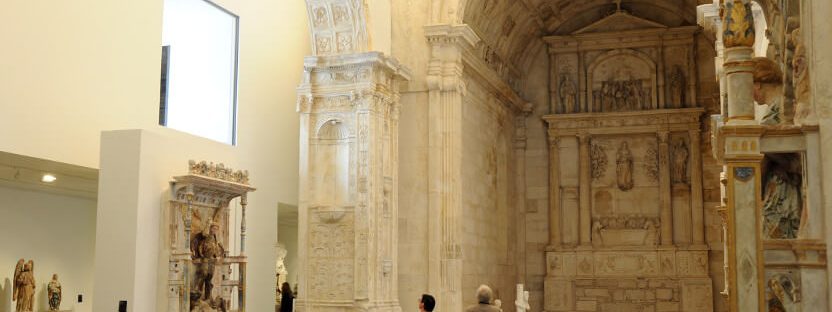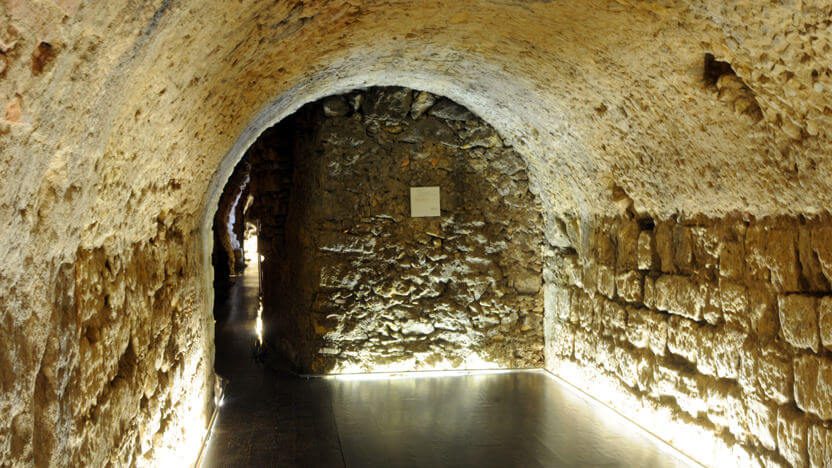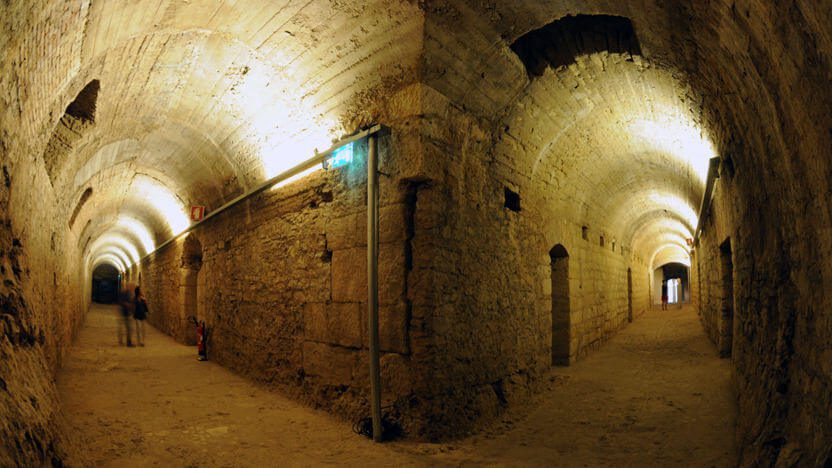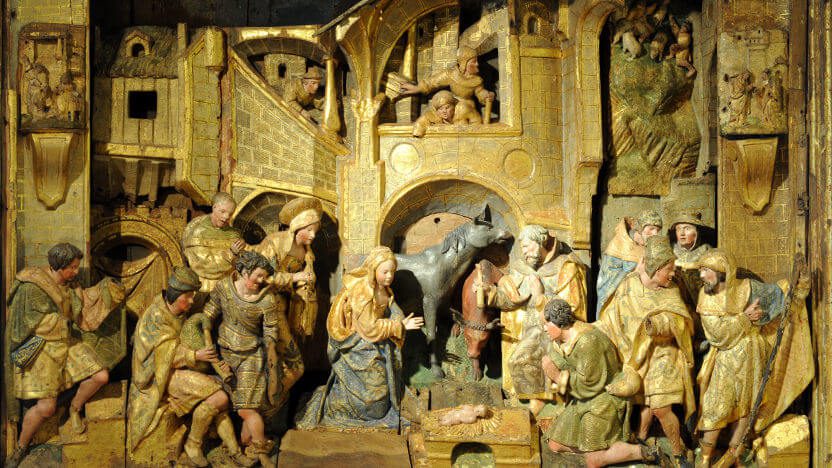The great patio, dominated by the 15th century loggia, continues to be very appealing for visitors. It is an impressive example of the survival of the symbolic meaning of the place. This was the administrative, political and religious centre of the Roman era, as well as a Christian temple, at least since the 11th century, a Bishop’s Palace since the second half of the 12th century and a Museum since 1911. It is, therefore, one of the most complex and exciting spots of the city.
The collections
The collections – Sculpture, Precious Metals, Painting, Ceramics, Textiles, Furniture and Archaeology – come in the main from disbanded monasteries and convents in the diocese of Coimbra and reflect the richness and high culture of the Catholic church and its patrons, especially during the Middle Ages and the Renaissance. To peruse the collections is like once again living through the main artistic fashions that dominated Europe from the 12th to the 18th century.
The Cryptoportico
This Roman construction supported the courtyard and its surrounding buildings. The forum was the heart of the Roman city, located near the intersection of the two main roads – the cardo and the decumanus. These two streets used in Roman town planning had a similar orientation to the cardinal points – north-south and east-west.
Stone sculpture
Sculpture is one of the major attractions of the museum’s collection. The collection is divided into four distinct parts, both in terms of materials and styles, covering Portuguese and foreign sculpture from the 11C to the 18C. The first part of the collection illustrates the evolution of Portuguese sculpture carved in stone in the workshops of Coimbra from the pre-Romanesque era to the late Renaissance.
The treasure of Queen Saint Isabel
The place that Queen St. Isabel occupies in Portuguese culture, especially here in Coimbra, justifies interrupting the chronological sequence in the display of medieval precious metals. On display there are pieces from her monastery, dedicated to St. Claire, preserved over the centuries as its most precious treasure, and other works of art which, from different times and sources, depict her exceptional personal qualities.
Angel-monstrance of the Sacrament
Although the museum’s precious metals collection comes nearly entirely from churches and religious institutions in Coimbra and the surrounding region this monstrance is a very important exception. It was acquired in 1914 and belonged to the old convent of the Santíssimo Sacramento of Alcântara, in Lisbon. An exceptional example of the Joanine Baroque, the monstrance is in the shape of a kneeling angel holding a shining sun. A symbol of the Church triumphant, this monstrance is a work of great dramatic effect, a result on the one hand of the contrast between the delicate figure of the angel, under visible strain, and the monumental host he is holding up, and on the other of the contrast between the earthly colouring of the angel and the celestial sheen of the silver and glittering stones. The remodelling works were carried out by prestigious Portuguese contemporary architect Gonçalo Byrne.
Schedule
April to September – 10:00 – 18:00



















